In November, Reno-based photograper and educator Tracy Fish exhibited her recent work, Untitled Self-Portrait with Milkweed Pods at the HP Window Gallery. This gave us the opportunity to touch base with her during this time of COVID-19. We got to chat about her photography process, her relationship with the Nevada landscape, and so much more.
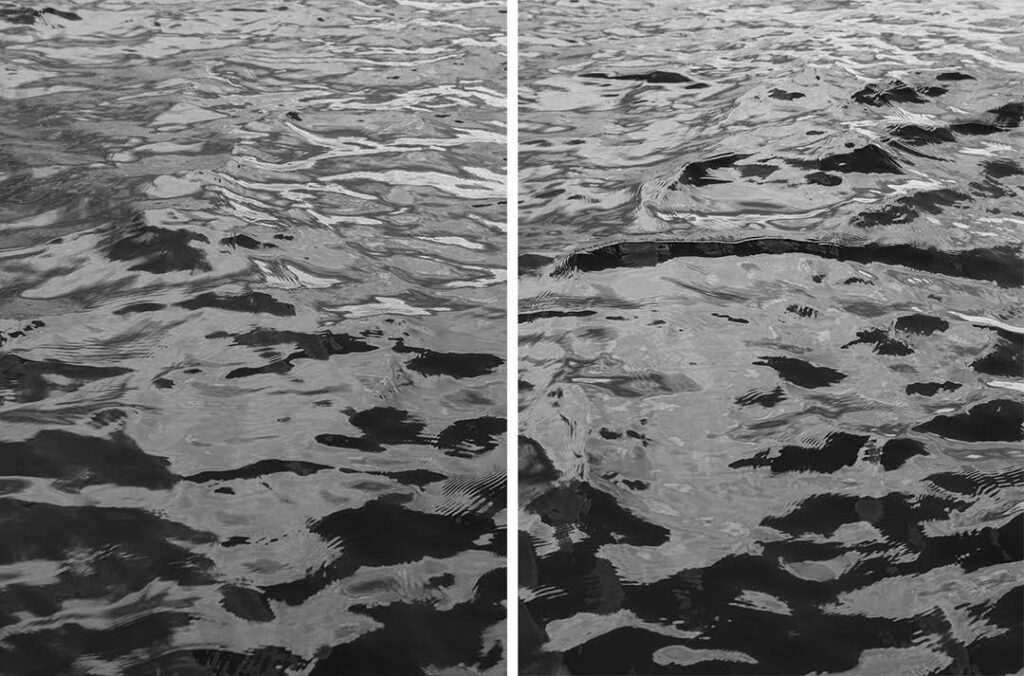
1. What is your editing process like? How many photographs do you take of the same subject before calling it good? Do you have a specific playlist/podcast you listen to while editing?
My editing process is dependent on what I am making. A lot of my work is in a hybrid realm of fine art/documentary, so my post-processing is at a minimum; just enough to bring out some of the details without manipulating what was authentically in that space. If I’m intentionally working experimentally there’s more deep diving into Photoshop or running test prints. Either way, having music playing is critical. It helps me zone in and I usually lose track of time. I cycle between curated daily mixes that are incredibly random based on music I’ve listened to. To give some context, between six different daily mixes for today’s suggestions they include Donna Summer, David Bowie, Bon Iver, alt-J, Yo La Tengo, and Black Pink. In terms of my image making process, even though I photograph mostly digitally at this point, I still make images as if I’m working analog (meaning I work slowly). If there’s a moment of action or movement occurring at the time, I might take a dozen or so photos, but if it’s something static I’m usually still setting up a tripod, carefully and deliberately composing my images, taking two or three and then moving on. Pre-visualization is helpful and part of my process.
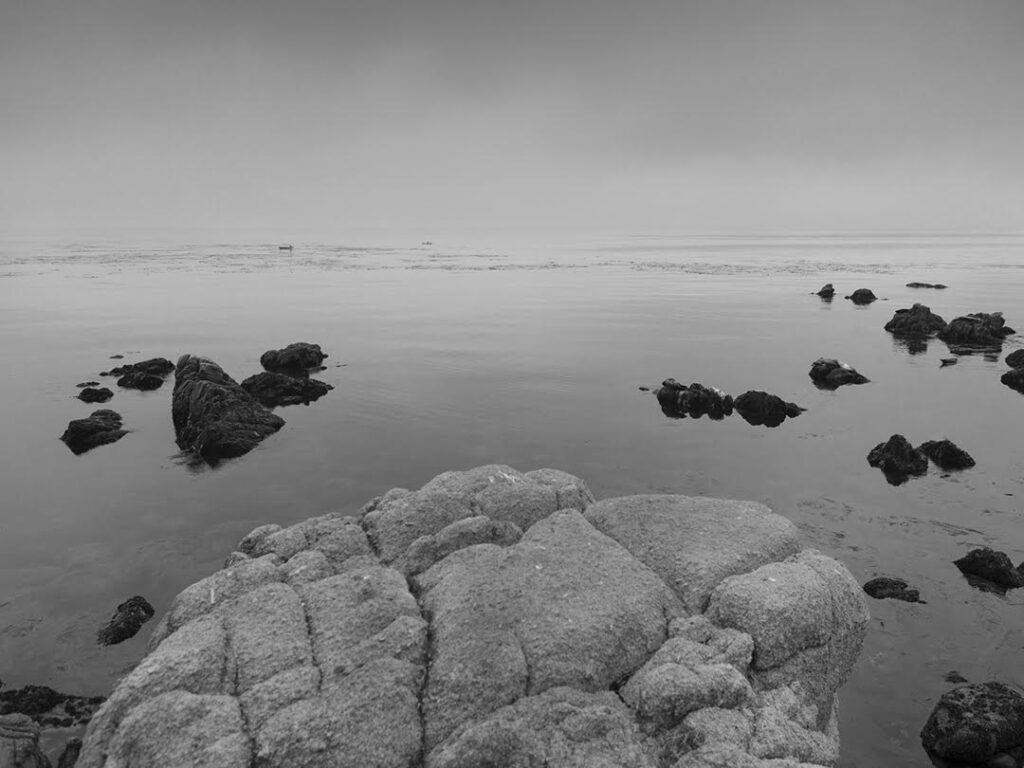
2. What do you enjoy most about the Nevadan Landscape? Is it an approachable place compared to the previous places you’ve been to or lived in?
Approachable is definitely relative. I often talk about how my female identity becomes a critical part of my comfort and experience as a photographer, especially as one that explores a lot of diverse and vast landscapes. Whether I am out in the environment here or any of the other places I’ve lived, the majority of the time I have somebody with me on my explorations. It brings me peace of mind considering I tend to go off the beaten path, and I’ve had people, usually men approach me over the years. Safety is critical and has definitely affected my process and the images I make.
I grew up living at sea-level in coastal Brooklyn, N.Y. and comparatively, out west especially here in Nevada, there is an incredible amount of geographic diversity. I’ve lived here almost 3.5 years now and at least once a week while driving on the highway, I look at the mountains and still am in awe. I think to myself, “Wow, I live here.” I am continuously mesmerized by the clouds and light, all of which collectively inspire me to keep going out to photograph in order to make sense of this place I now reside. In a lot of ways, I hope I don’t lose that wonder.
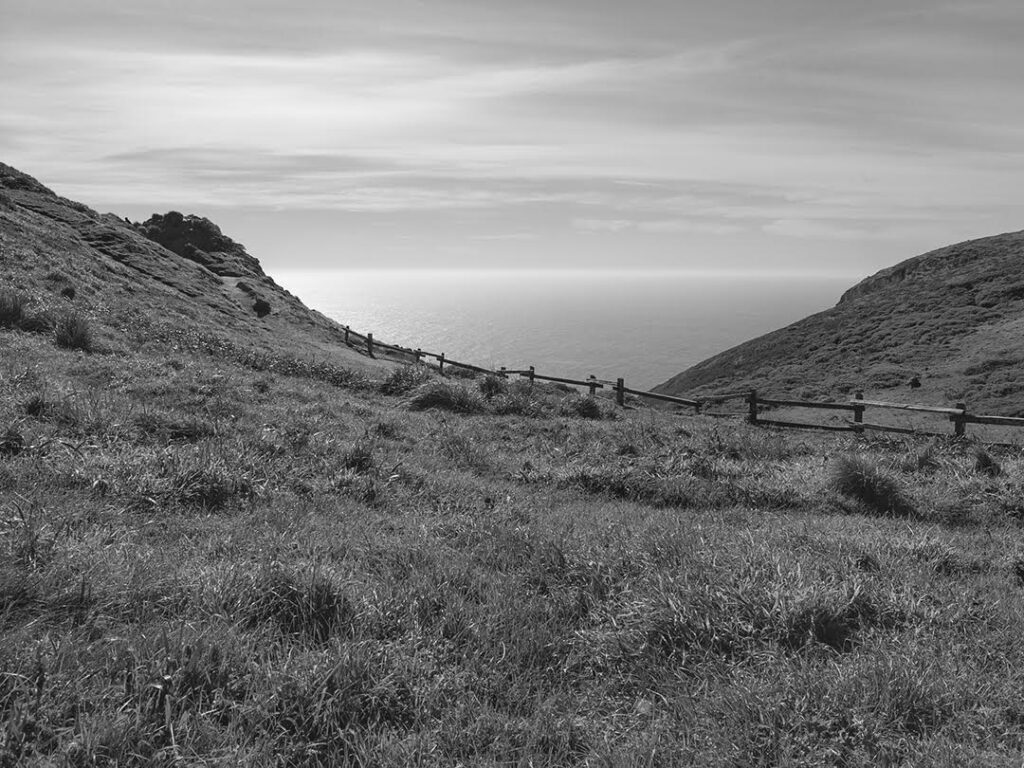
3. As a professor in the arts what advice do you have for young artists seeking a role in Academia? How did the institution affect your development as an artist?
This is a complex question and before I answer, I want to stress that a job in academia is by no means the only path for young artists and there are other viable career opportunities. My advice for young artists, regardless of their path is to find their voice and point of view. Ask yourself, “What do I care about?” “What am I genuinely passionate about?” “In what form/medium do I want to represent those ideas?” I often find while teaching, this is actually the hardest question for students to answer. There is an incredible amount of change and complexity occurring in our world today, but undoubtedly enough to spark something inside of you. We each have individual experiences in life that make us who we are and help to form our viewpoints. Use this to help hone your perspective and find a way to communicate that in whatever medium(s) you are working in. Combining that with refining your technique and figuring out your own individual process will help in the development of your art. All of this will contribute to whatever path you pursue, including academia. As someone who was first generation to complete an undergraduate and graduate degree, there was a lot I had to figure out on my own especially how the institution worked. In a lot of ways, I’m sure that structure definitely had an influence on my practice but more so forced me to be a lot more critically engaged and not be afraid of asking questions.
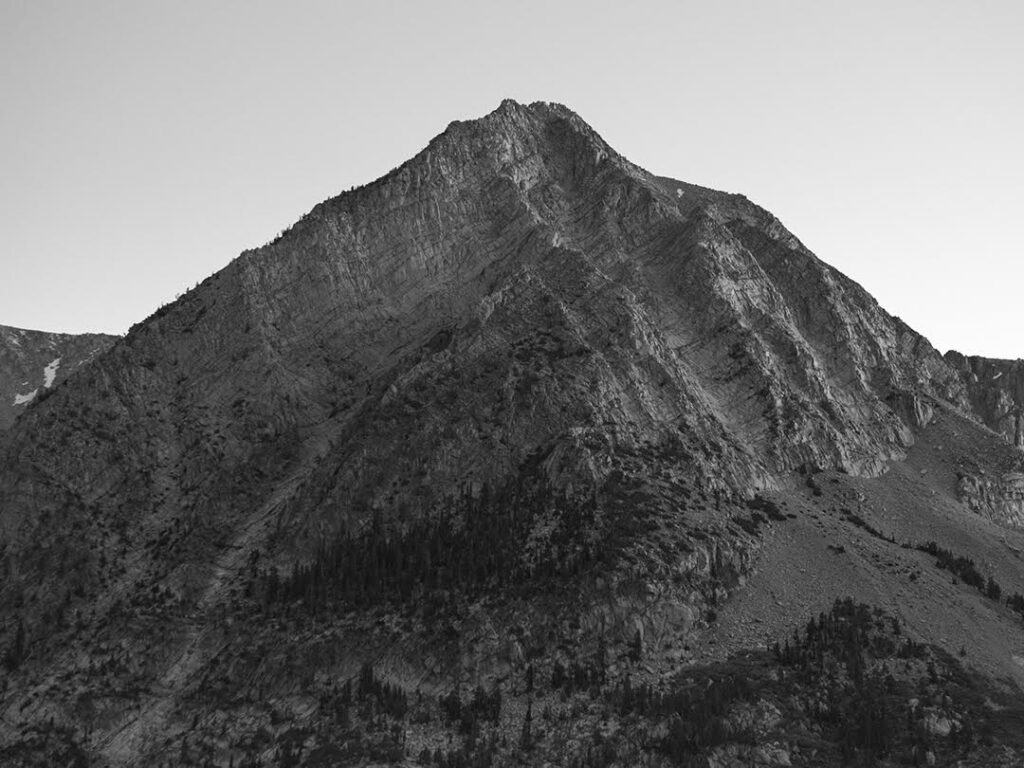
4. What is your response to how the COVID-19 pandemic has affected the way we view art? Do you prefer your audience view your work in-person, via Instagram @tsfish, or your website tsfishphotography.com? Do you miss the atmosphere of the Opening/Closing Reception?
COVID-19 is forcing artists, curators, and viewers of art alike to think outside the box in terms of how we can engage with the arts regardless of the medium. Of course, for some mediums it will be easier to adapt, but still it can modify how the intent of the work is communicated. Photography is special in that it can be translated into various forms be it digitally (on the web), physically (in person occupying space in a gallery) or tangibly (as a print or in book format). Each one of these modes have the ability to present the same body of work several ways and as a result each can convey something different to the viewer. For instance, you can take the same ten images, and it will communicate different digitally, installed, or published, purely based upon the layout and scale of the work. For me, I prefer my work to be experienced in person regardless of the format because I can have control over the intended scale and curation.
My Instagram account serves as a visual journal where I can share different experiments, ideas, works-in-progress, and write sometimes lengthy captions associated with specific images that I can return to later for reference. This is contrary to my website, which is a formal digital presentation of my bodies of work. I do believe that having these different spaces are helpful as an artist, especially these digital formats. But it’s easy to get lost in the digital world, we do need to find ways to bring our work to the physical realm.
A lot of people might not feel comfortable going into a museum or gallery especially considering what they have represented for so many years. For this reason, sharing work digitally can become far more approachable. Contrary to that opinion, approachability is one thing I’ve appreciated about The Holland Project’s window gallery. Anyone can walk by and engage with the art without having to physically enter a space – it makes art accessible to everyone (as it should be).
Receptions are great for celebrating accomplishments, hanging out, talking art or random things, potentially meeting new people, but sometimes the formality can create a lot of pressure. Certainly, there’s a level of that physical space and interaction that I miss. Regardless, I’m always happy to chat about art and photography so the receptions don’t have to be the end all be all for that to happen. Especially in these socially distant times, message me on Instagram (@tsfish) or email me—I’m always happy to chat or just say hello. We have all this technology available to us, so might as well embrace it.
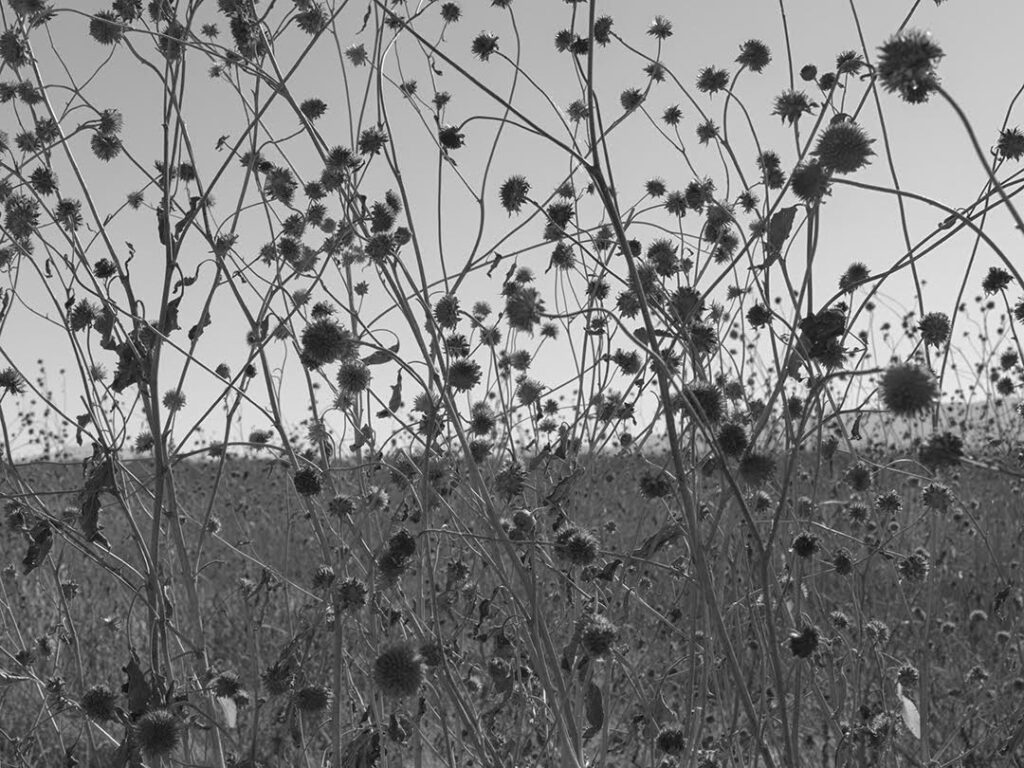
5. Who are the people that inspire the work that you do?
There are plenty of artists across various mediums that inspire me. Recently, I’ve been looking again at Gerhard Richter’s photorealistic paintings—after seeing some in person at the SFMOMA last year, they’ve been engraved in my brain. Edward Hopper’s desolate paintings and incredible use of color and light to evoke mood has always stuck with me. In terms of photographers that have influenced me, that changes day to day. Photography is such an accessible medium and there are too many people to keep track of. I have a love/hate relationship with Instagram, but it has been a wonderful way to discovered new photographers working critically within the medium. I take advantage of Instagram’s ability to save posts and organize them into folders like an inspiration board that I’ve found helpful not just for my own practice, but as a tool I can use to share certain works with my students. I often save documentation of non-traditional ways photographers have installed and exhibited their works. This year, there was a Biennale in Vivey, Switzerland (Festival Images Vevey) and I saw an installation photo of Penelope Umbrico’s work that was 22 Plexiglas panels with printed images presented in an outdoor space with the Le Grammont mountains in the background. This goes back to the idea of how non-traditional forms of viewing art/photography continues to push the medium while helping me consider other ways of communicating my work visually.
______________________________________________________________________________
Tracy Fish, born and raised in Brooklyn, New York, received her MFA in Experimental and Documentary Arts from Duke University (2015) and a BA in Art Studio from Coastal Carolina University (2012). She is currently the Assistant Professor of Photography, Area Head of Photography and Videography at the University of Nevada, Reno, teaching courses in still and moving image at the undergraduate and graduate level. Fish uses her interest in culture and history as a catalyst to explore themes of memory, place, identity and familial narrative, through a variety of mediums including photography, audio and experimental videography. She has won various awards and has exhibited both nationally and internationally. Her first collaborative book Chasing the Paper Canoe was published in 2013 by the Athenaeum Press
